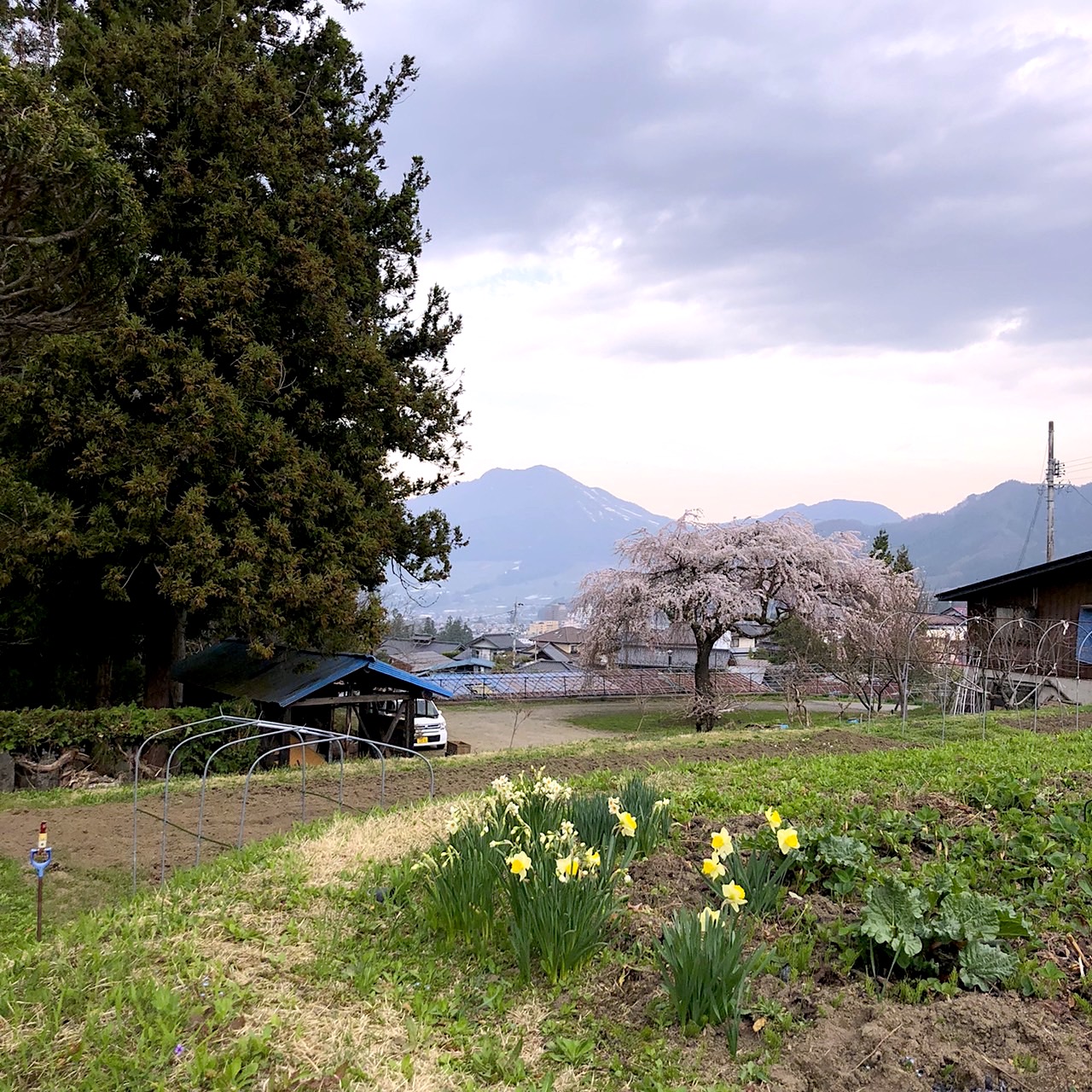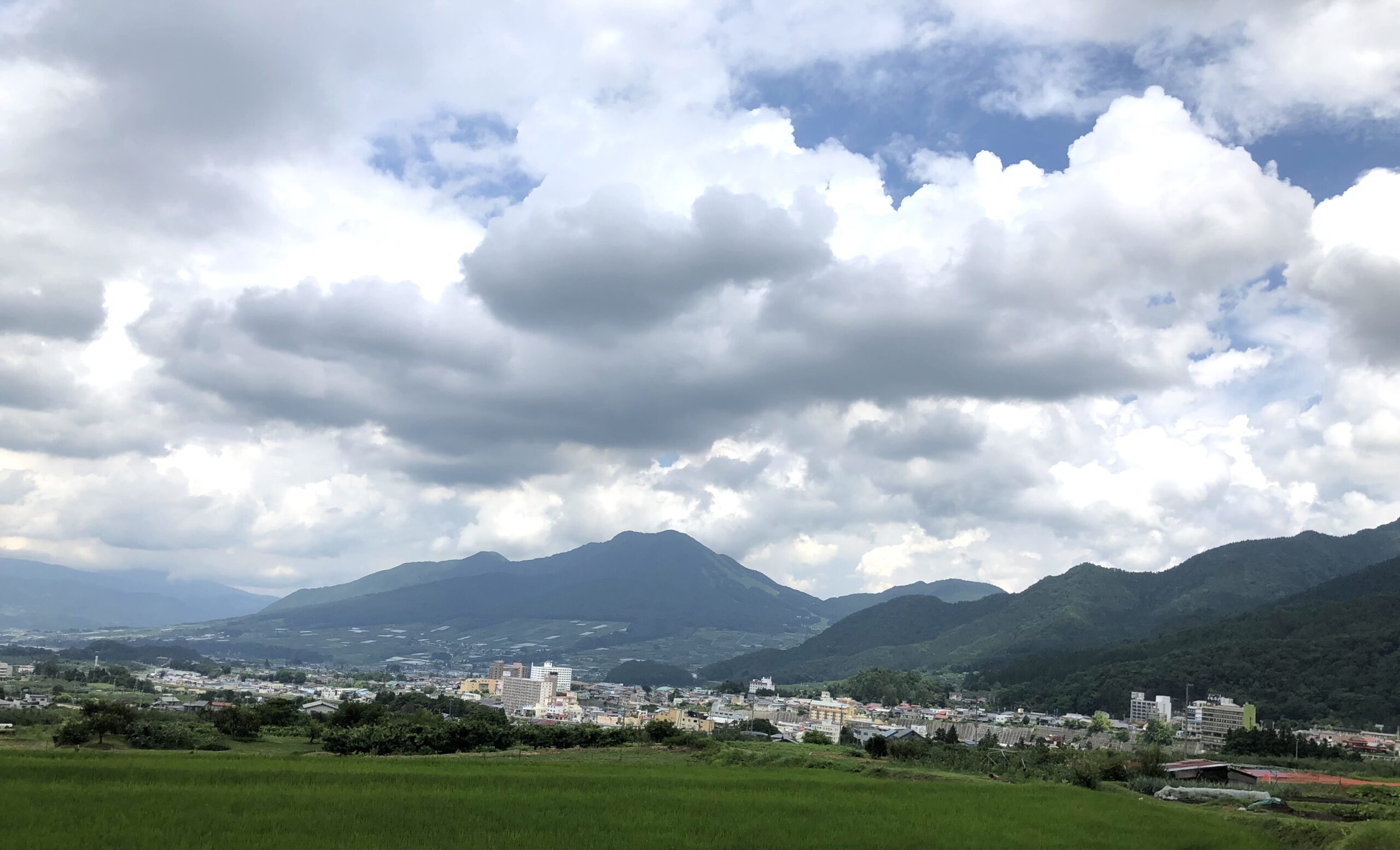曹洞宗 萬松山興隆寺
大本山総持寺独住2世貫首 曹洞宗第三代管長
畔上楳仙 禅師
1825~1901年 江戸後期~明治時代の曹洞宗の僧
文政8年7月15日 長野県下高井郡山ノ内町夜間瀬 生まれ 下総孝顕寺の月山、相模松石寺の國隠らに学び、郷里の信濃に戻り 山ノ内町佐野にある興隆寺の活英の法を継ぐ。 明治13年總持寺貫主 翌年曹洞宗管長 明治34年12月27日示寂 77歲
Honorable history
Added. In 2000 (Heisei 12), on the occasion of the 100th anniversary of the Zen master’s death, a bronze statue was erected in front of the main hall, and a side monument commemorating his footsteps and gratitude.
It is said that “Koryuji” was founded in 1536 (Tenbun 5) by Kankai, a monk of the Shingon sect, with Yukitaka Sanada as its founder. The principal image is a seated statue of Amida Nyorai in the Jocho style of the Fujiwara period.In 1966, the Agency for Cultural Affairs conducted research and repair at the Bijutsuin National Treasure Repair Center and designated it as a Prefectural Treasure.
Tell them that in 1550 (Tenbun 19), the temple was washed away due to the collapse of Mt. Misawa due to continuous heavy rains, and the principal image was spared from suffering. Although the temple was rebuilt in 1565 (Eirokuhachi), it soon became uninhabited. It is said that during the Tensho era (1573-1592), the fourth generation of Onsen-ji Temple, Denryu Tenshitsu, converted it to Zen Buddhism and renamed it “Koryu-ji” with the character “Ko” of Chuko.
In 1683 (Tenwazo), the Sanada clan granted the current land. It is said that when the shrine was relocated, hundreds of thousands of cedar trees were planted on the mountain behind the grounds. This record of afforestation is considered to be rare in its time. The cedar trees along the approach were replanted during the Bunsei era (1818-1830) and were the prefecture’s mother forest until a few years ago. It is currently a natural monument of the town.
In 1714 (Shotoku IV), the 8th chief priest built a temple dormitory at Kakuma Onsen, added a bathhouse, and opened the hot spring to the village. In 1721 (Kyoho 6), the 8th generation Zen master Etsumine of Obakuzan Manpukuji Temple visited and brought the Koyasu Kannon statue, which was called Maria Kannon and became a cultural property of the town. (Currently enshrined in a separate hermitage.)
In 1929 (Showa 4), the dormitory was renovated to model Yokoyama Taikan’s home, and Taikan was invited there. The villa that Taikan named “Takeshinso” still exists.
The 17th head priest was Zenji Kakegami Sosenzenji. He became a priest at this temple at the age of seven, and became chief priest in 1858 (Ansei 5).
In 1881 (Meiji 14), he became the head of the Soto sect, worked closely with Zen Master Takuya Takiya on the selection and publication of Shushogi, and supported the sect during its turbulent times. The Zen master’s collection of over 1,000 books, documents, and other belongings are stored at this temple.
Kakegami Kesen 1825-1901, a Soto sect monk from the late Edo period to the Meiji period. Born on July 15, Bunsei 8. After studying with Gassan of Shimousa Kokenji Temple and Kunigakure of Sagami Shosekiji Temple, he returned to his hometown of Shinano.
He continues the teachings of Katsuei of Koryuji Temple in Sano, Yamanouchi Town. Became head of Soji-ji Temple in 1888 and head of the Soto sect in the following year.
Passed away on December 27, 1909. Seventy-seven years old.




コメントを送信